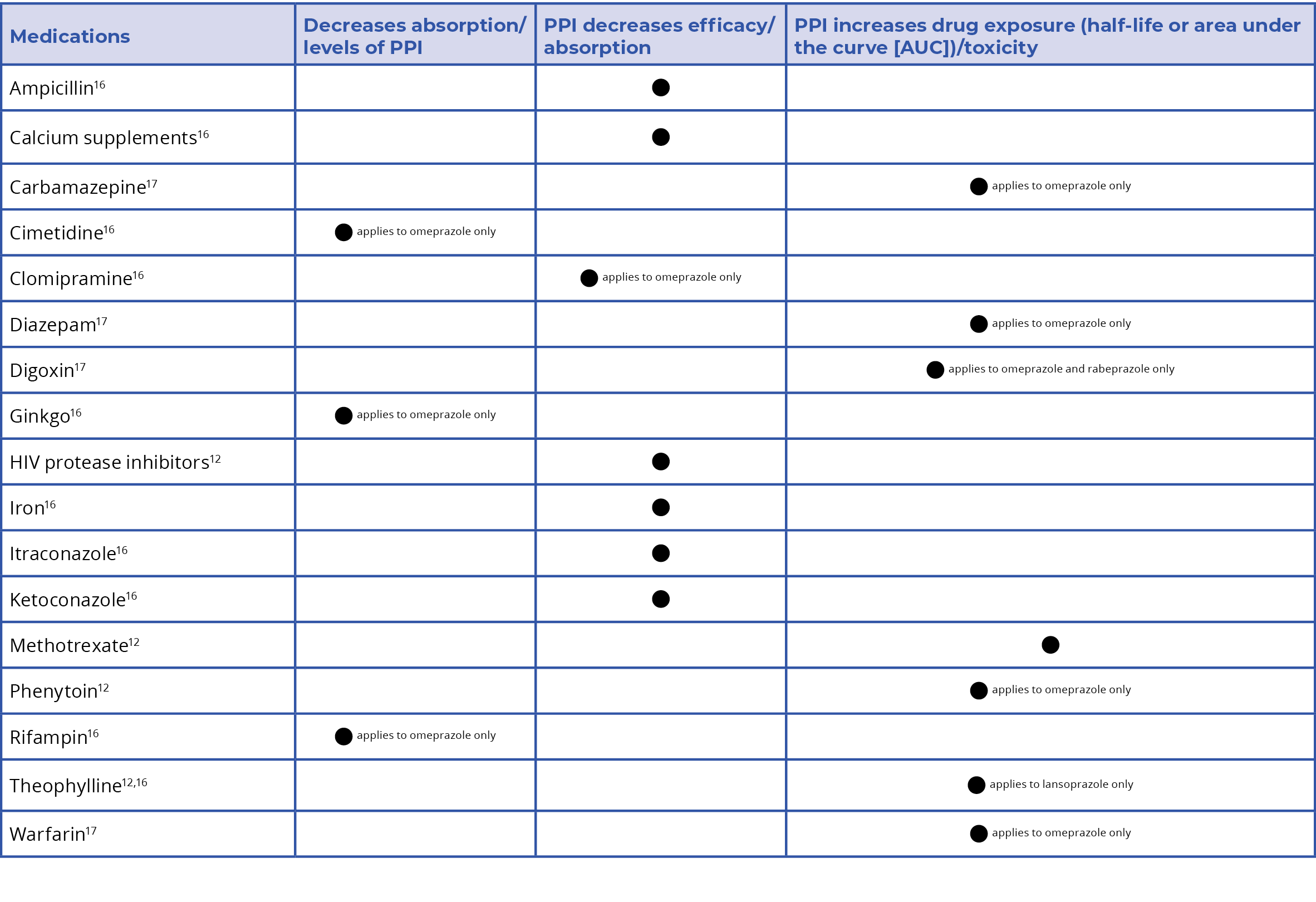This Tool was developed as part of the Knowledge Translation in Primary Care Initiative, led by the Centre for Effective Practice in collaboration with the Ontario College of Family Physicians and the Nurse Practitioners’ Association of Ontario. Clinical leadership for the development of the Tool was provided by Dr. Felicia Presenza CCFP and was subject to external review by health care providers and other relevant stakeholders. This Tool was funded by the Government of Ontario as part of the Knowledge Translation in Primary Care Initiative.
This Tool was developed for licensed health care professionals in Ontario as a guide only and does not constitute medical or other professional advice. Health care professionals are required to exercise their own clinical judgement in using this Tool. Neither the Centre for Effective Practice (“CEP”), Ontario College of Family Physicians, Nurse Practitioners’ Association of Ontario, Government of Ontario, nor any of their respective agents, appointees, directors, officers, employees, contractors, members or volunteers: (i) are providing medical, diagnostic or treatment services through this Tool; (ii) to the extent permitted by applicable law, accept any responsibility for the use or misuse of this Tool by any individual including, but not limited to, primary care providers or entity, including for any loss, damage or injury (including death) arising from or in connection with the use of this Tool, in whole or in part; or (iii) give or make any representation, warranty or endorsement of any external sources referenced in this Tool (whether specifically named or not) that are owned or operated by their parties, including any information or advice contained therein.
The Managing Proton Pump Inhibitors (PPIs) in Older Adults Tool is a product of the Centre for Effective Practice. Permission to use, copy, and distribute this material is for all non-commercial and research purposes is granted, provided the above disclaimer, this paragraph and the following paragraphs, and appropriate citations appear in all copies, modifications, and distributions. Use of the Managing Proton Pump Inhibitors (PPIs) in Older Adults Tool for commercial purposes or any modifications of the Tool are subject to charge and must be negotiated with the Centre for Effective Practice (Email: info@cep.health).

For statistical and bibliographic purposes, please notify the Centre for Effective Practice (info@cep.health) of any use or reprinting of the Tool. Please use the following citation when referencing the Tool: Reprinted with Permission from Centre for Effective Practice. (January 2020). Managing Proton Pump Inhibitors in Older Adults: Ontario. Toronto: Centre for Effective Practice.



